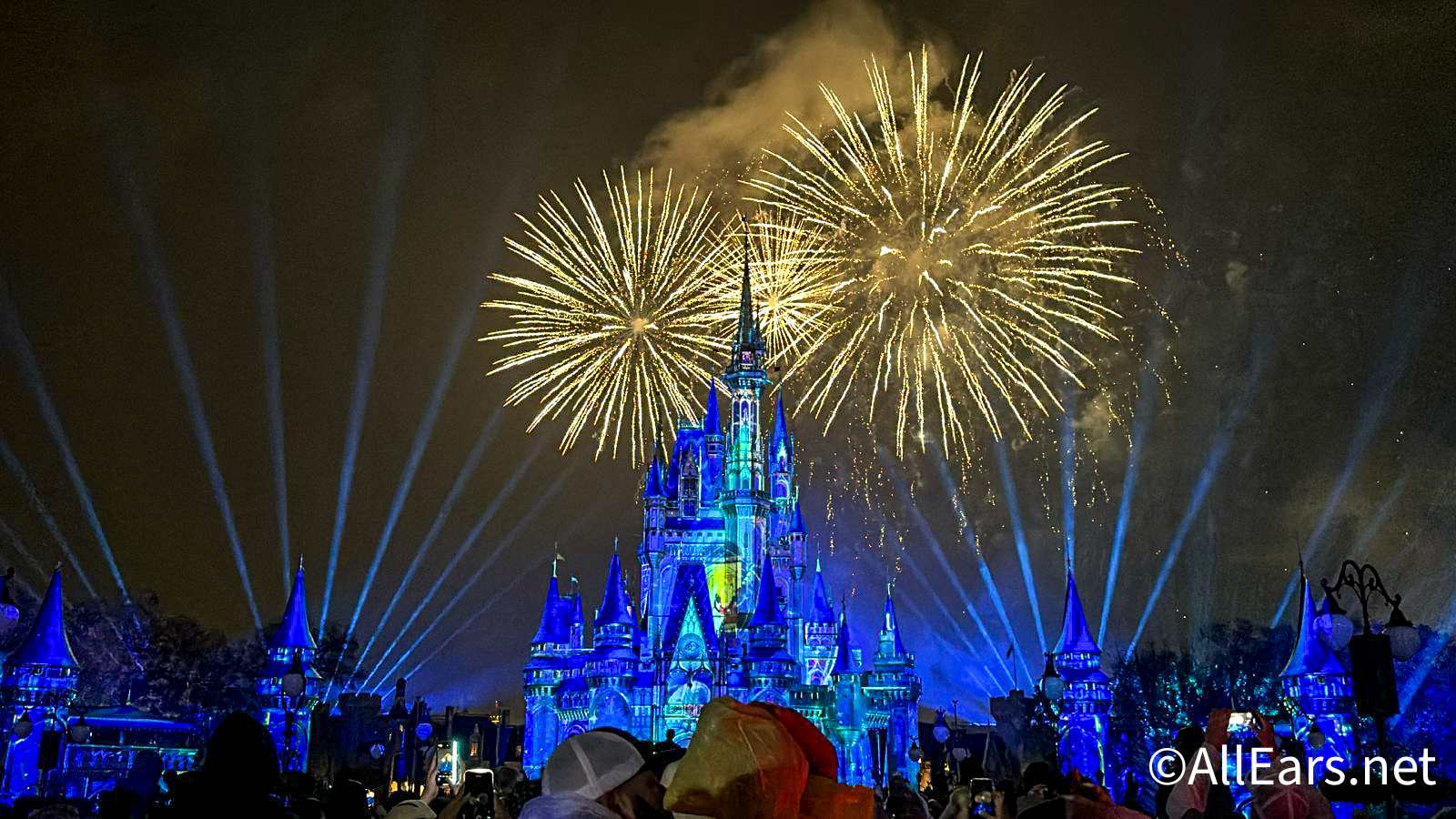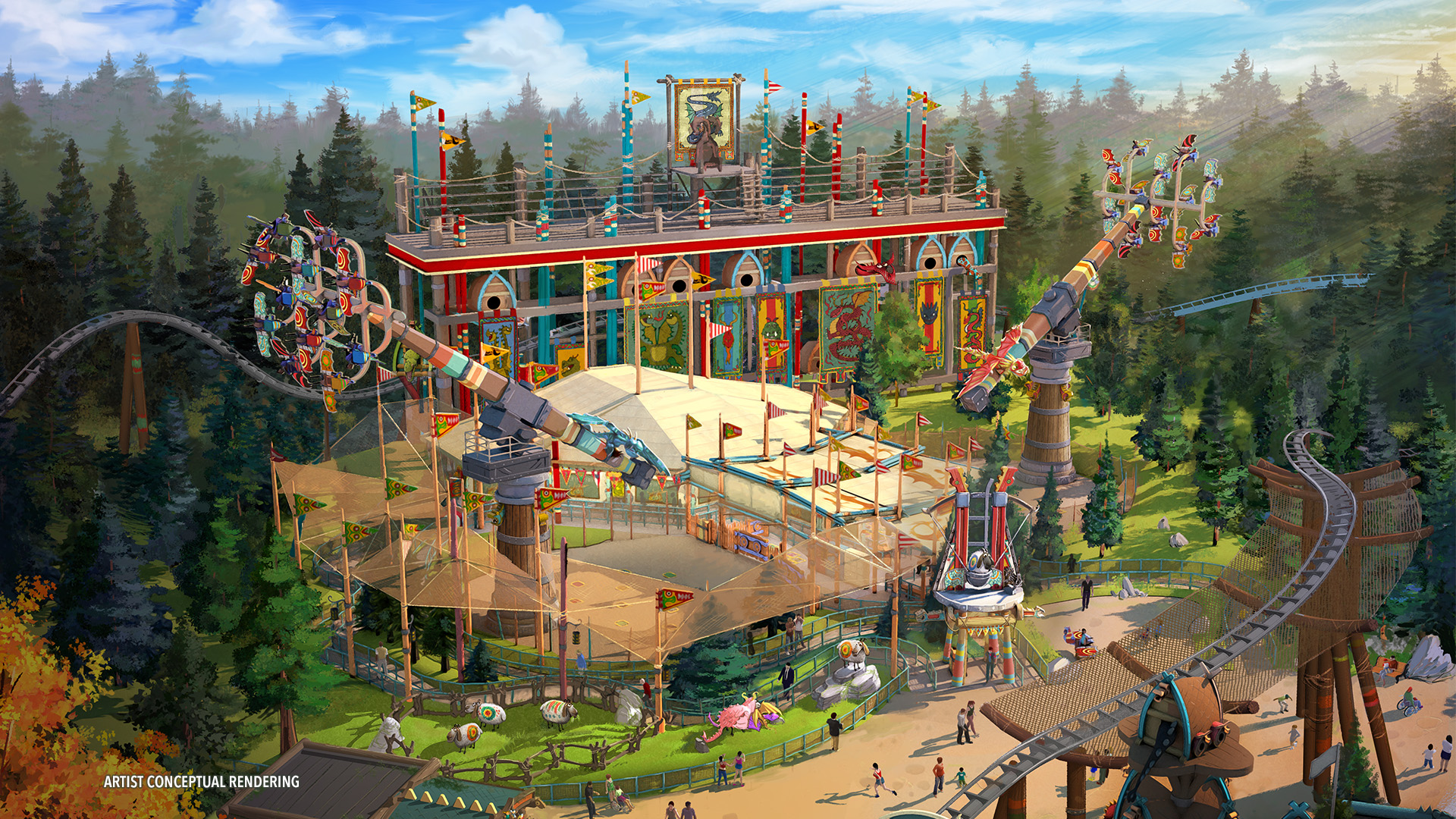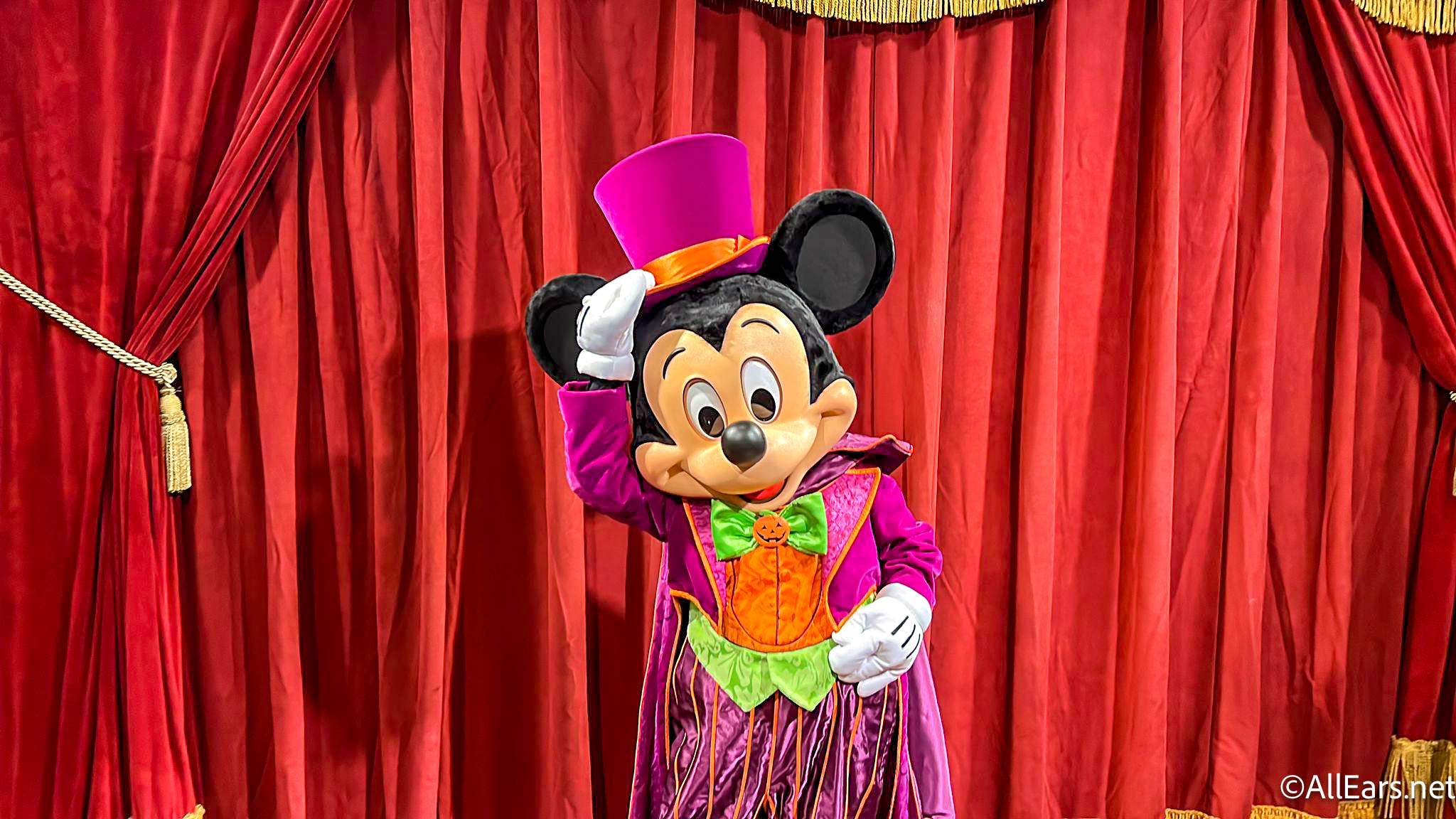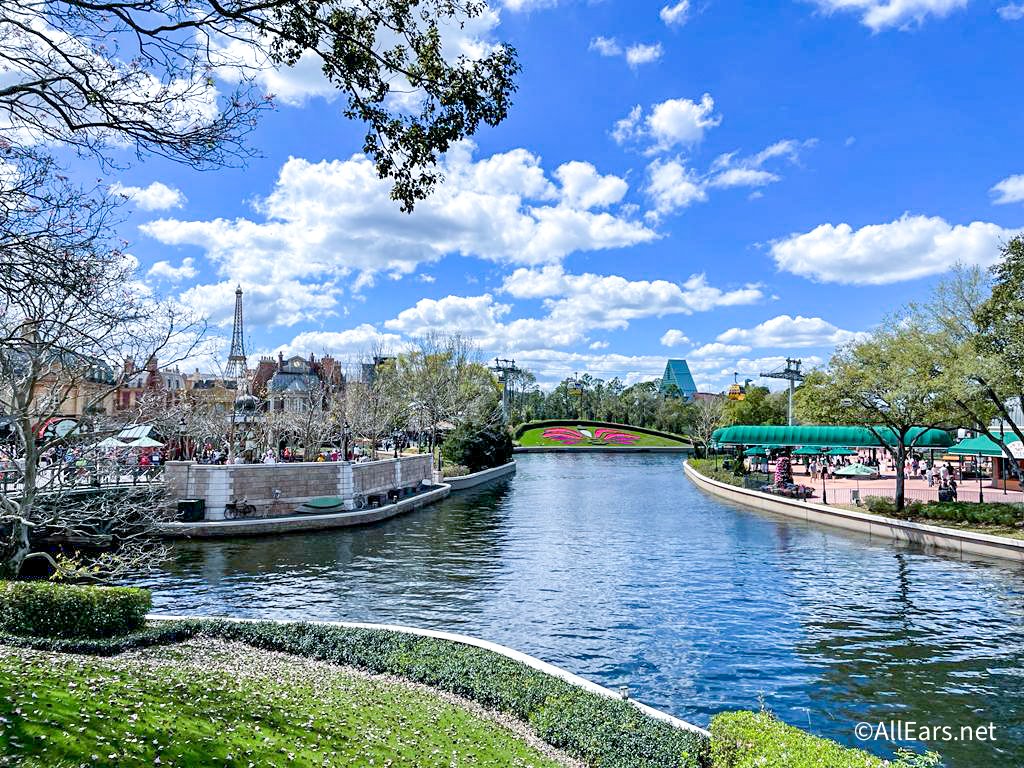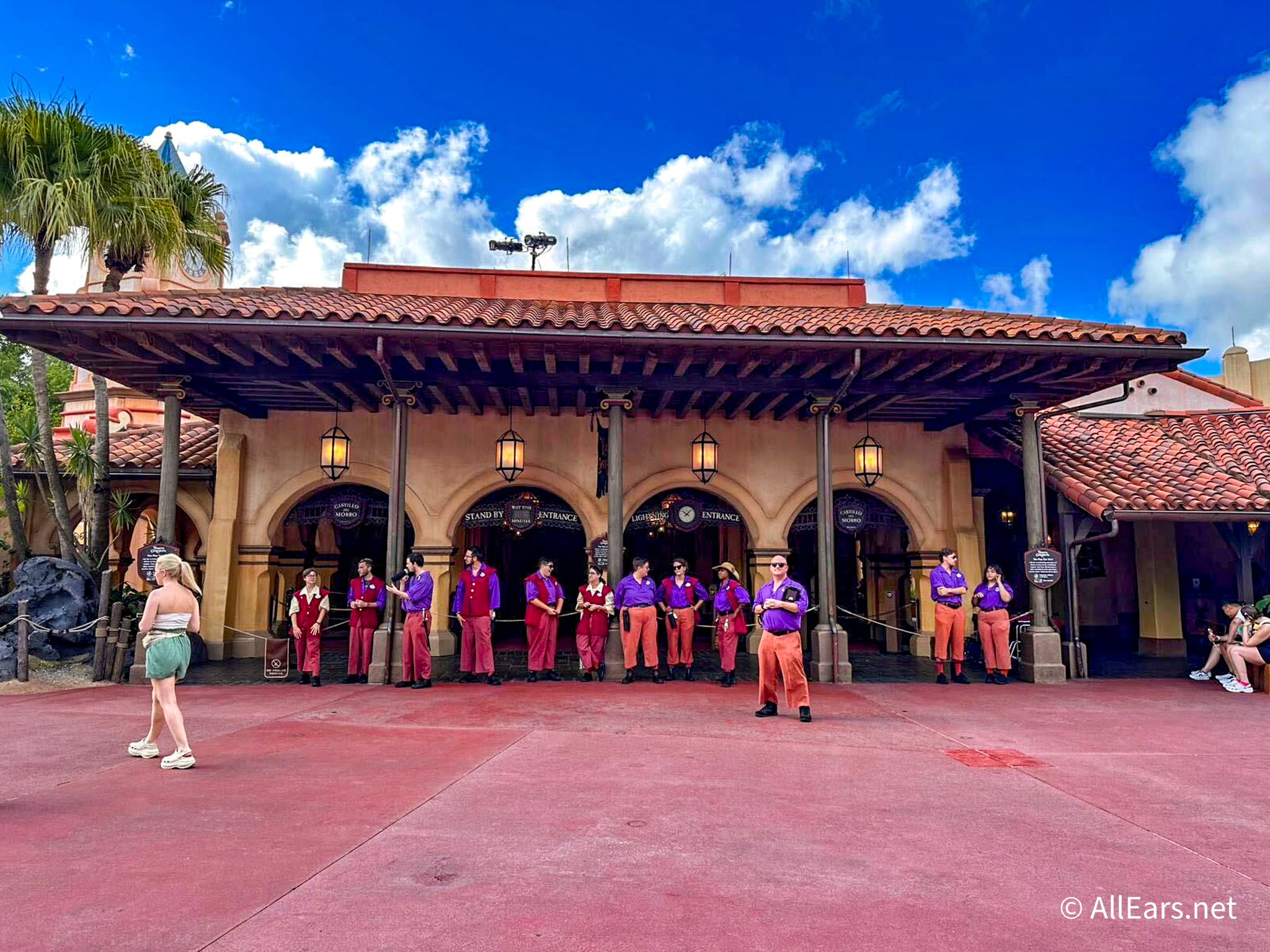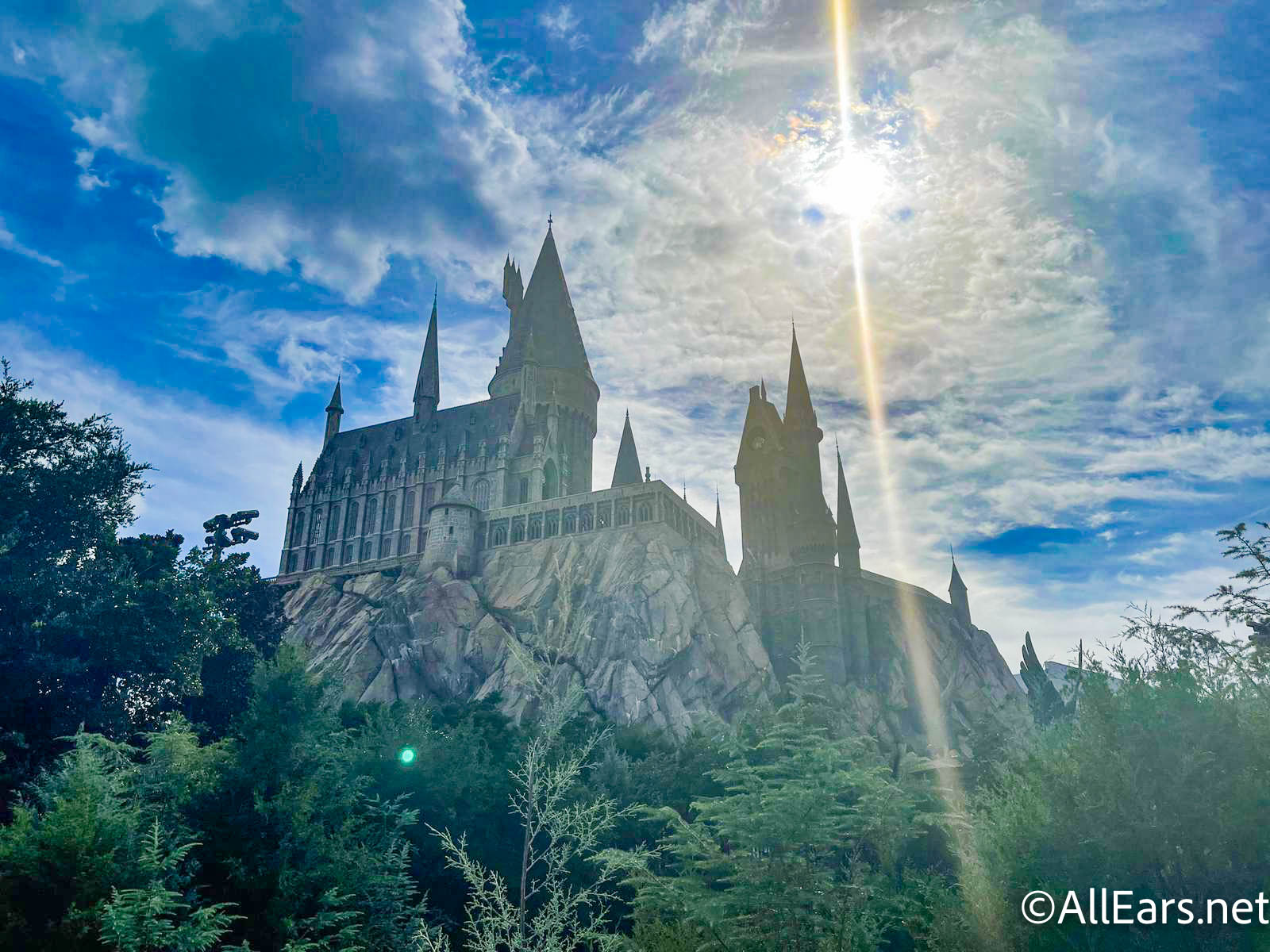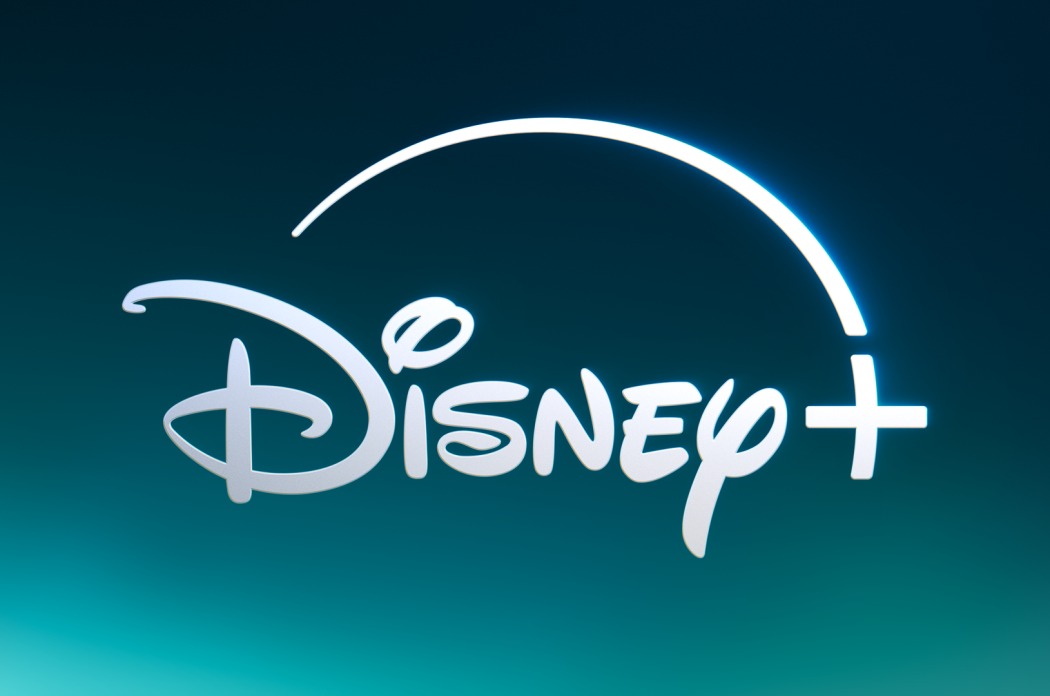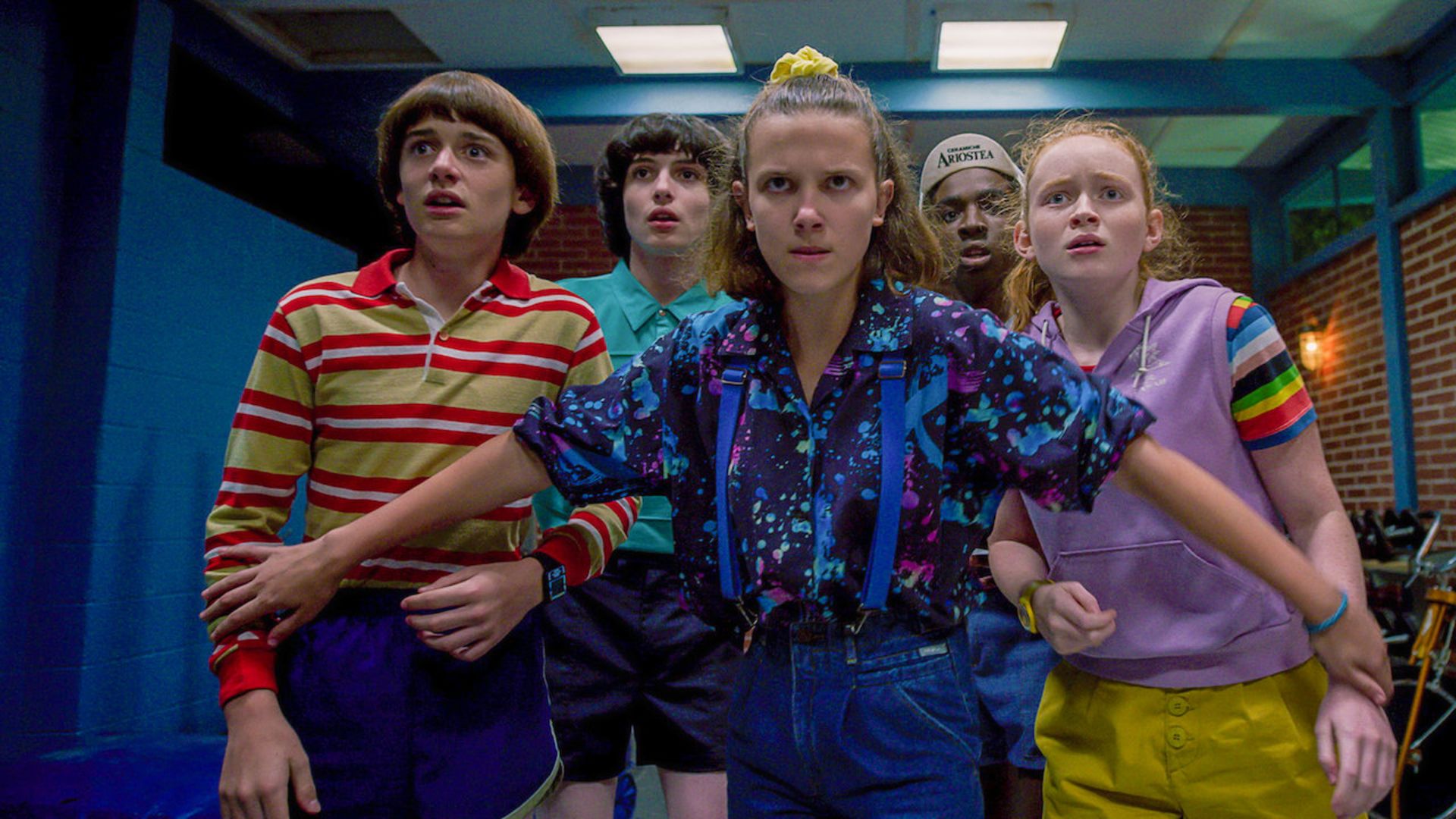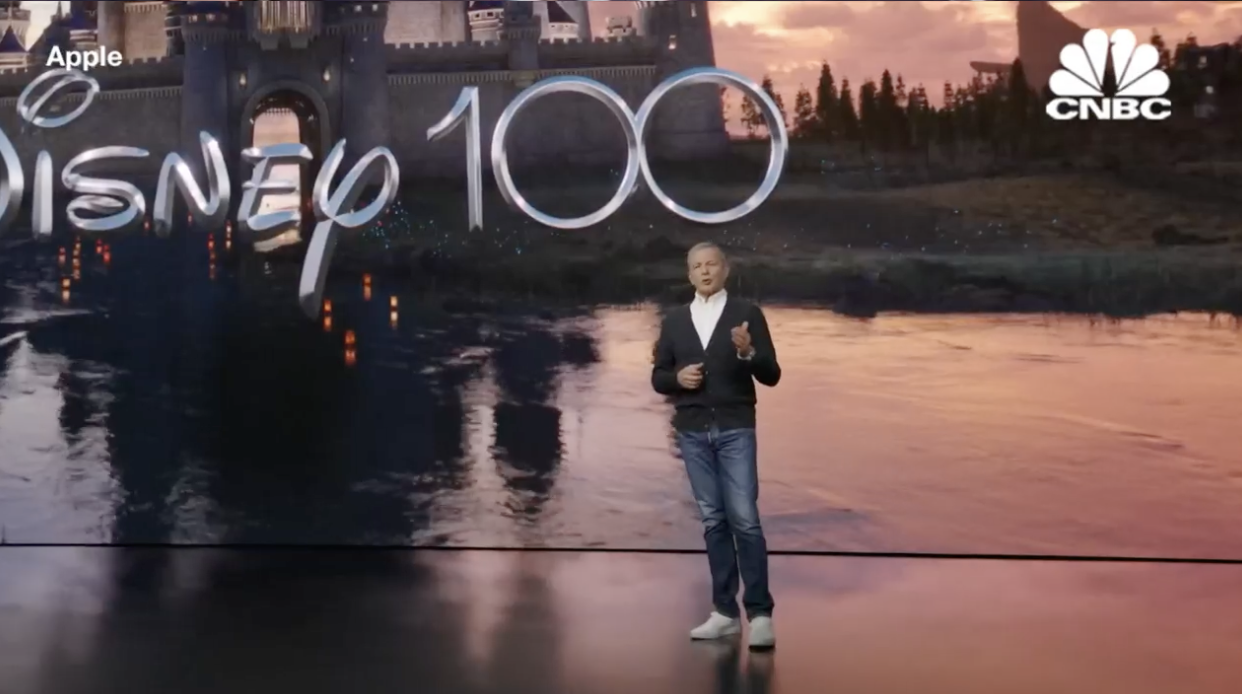WDW Chronicles: Year One – Getting to Magic Kingdom
by Jim Korkis
Disney Historian
Feature Article
This article appeared in the July 19, 2011 Issue #617 of ALL EARS® (ISSN: 1533-0753)
When Walt Disney World opened October 1971, guests quickly discovered that if they made it to the parking lot, the real challenge was getting to the Magic Kingdom itself.
Walt's original concept for Epcot was that it was going to be a pedestrian paradise, with no personal automobiles. Guests would be transported long distances by monorail and shorter distances, like from the center of the city to suburban areas, by the WEDWay People Mover. It was never Walt's dream that buses would be the predominant mode of transportation around his special world.
In addition, one of the things that the Imagineers learned from Disneyland was that to truly create the feeling that the park was a different world for guests, it needed to be isolated. It needed to be separated by distance from all the aspects that might intrude on that fantasy, from lumbering power line towers to looming hotels and flashing neon signage of the real world that dotted the perimeter. While the landscape berms helped somewhat, it would be easier not to have to deal with those intrusions at all.
So when the Magic Kingdom was built, instead of having a parking lot and ticket booths mere feet from the entrance, they were placed on the other side of a man-made lake called the Seven Seas Lagoon.
According to Disney press information released in 1969:
"The principal means of travel from the parking center and main entrance to and from the theme park and hotels will be aboard the Walt Disney World-Alweg Monorail trains. Current plans call for the building of six five-car trains, some to stop at every hotel on the way around the circuit, while others carry passengers nonstop directly to the Magic Kingdom.
"Double-deck buses and other land conveyances will back the monorail at peak hours, in the job of moving large numbers of visitors to the theme park.
"On the water, there will be a pair of double-deck side-wheelers to cross the lagoon from the entrance area. They'll be driven by steam and patterned after river boats of a hundred years ago. A steam-driven, open-deck excursion boat is also in the planning for Phase One, and steam will be the motive power for half a dozen launches or water taxis for use in the various activities on the lake and lagoon."
In keeping with Walt's vision, once guests parked their cars, they would be transported to the theme park and the accompanying resort hotels by monorail. In fact, the newest monorail, the Mark IV, would be used even though each one would cost about $6 million dollars.
The Mark I Alweg Monorail that debuted at Disneyland in the summer of 1959 was remarkable, but over the next decade went through additional changes for greater safety, comfort and efficiency. The Mark IV would be the best with a high-capacity design that could hold up to 210 guests in the 171-foot long, five-car train. There was improved air conditioning (considered vital in the Florida heat and humidity) and new door systems. These newest monorails were designed in Burbank under the direction of Imagineer Bob Gurr and built in Orlando by the Martin Marietta Corporation.
Each Mark IV monorail was equipped with a remarkable anti-collision system that automatically applied the train's air brakes if it moved too close to the monorail immediately ahead of it.
This was the design for the first five monorails. The second five that were in the process of being built when Walt Disney World opened would each be a six-car train that was 201 feet long and held up to 244 guests.
The seats in the Mark IV were a rich royal blue in color with four aisles of guests facing each other going across each car. Each car had four doors, except for the middle car that had a special double door type of setup to allow guests in wheelchairs. The doors opened automatically but had to be closed manually by the monorail attendants attired in polyester jumpsuits (men wore blue jumpsuits with green turtlenecks while women wore the reverse in colors) and a hard blue helmet with an iconic monorail emblem.
Just like for the trams today, there were waiting slots for guests that held roughly the number of people who could fit in the empty seats in each aisle to help control the boarding. There was no standing room capability.
At the Magic Kingdom during the early days, guests boarded the monorail by going up the middle ramp and exited the train by going down the side ramps. It is the reverse today, because it proved to cause congestion when the park closed at night and guests flooded out of the Magic Kingdom to leave. One of the reasons for the nighttime Electrical Water Pageant was to distract guests standing in those long, crowded lines from their wait time.
The monorail spiel featured the legendary, friendly tones of Jack Wagner:
"Hi everyone. Welcome aboard the Walt Disney World Monorail. We're now embarking on a scenic journey over the Highway in the Sky. We'll be traveling nonstop directly to the Magic Kingdom, so we ask that you remain seated at all times and no smoking, please.
"And now, ladies and gentlemen, we're entering the Vacation Kingdom of the World. Today, you'll be seeing what we call 'Phase One', which stretches more than three miles east to west and two miles north to south. But that's just the beginning. We have many exciting plans for the future.
"The beautiful Seven Seas Lagoon is one of the most interesting man-made creations here in Walt Disney World. Even the islands are man-made. It took more than three years from the time the lagoon was started until it was filled with water. Now you can use all kinds of boats for sailing, water-skiing, and excursion cruises on both the lagoon and Bay Lake.
"The large neck of land jutting out of the water is the site for another exciting resort being planned for the near future based on an exotic Asian theme.
"Incidentally, you can take the World Cruise over both the lake and lagoon aboard old-fashioned side wheel steamships. You'll find them docked at the Magic Kingdom entrance.
"Here's a special program note while you're visiting: out on the Seven Seas Lagoon our exciting Waterski Spectacular will be taking place throughout the day. Information and tickets are available right near the Magic Kingdom station.
"And now, as we approach the station, please check for all your personal belongings and remain seated until the train comes to a complete stop. We ask that everyone disembark at this point. The doors will open automatically. When you leave, please lower your head and watch your step. Thank you for joining us on the Walt Disney World Monorail and I hope you have a pleasant stay in the Magic Kingdom. Again, may we ask that everyone disembark at this station."
In theory, it all sounded smooth and seamless. On Opening Day, only three monorails were operating. A fourth would be brought on later that Preview Month and a fifth was being constructed. Even with light attendance, it was not enough to handle the surging guests clamoring to get to the park and spend their money.
Other forms of transportation were rushed into service including six steam launches that held up to 40 guests, but were originally meant to ferry guests to the resorts and campgrounds. Even the Frontierland Keel boat, Bertha Mae, found itself shuttling guests across the Seven Seas Lagoon at one point.
In addition, half of the parking lot trams were also used to haul guests from the Ticket and Transportation Center to the Magic Kingdom. They had not been designed for this purpose and as a result, they overheated and broke down. More powerful trams were built and their route to the Magic Kingdom was enhanced by a quickly created fake topiary garden scattered throughout the trip.
Also pressed into helping were two specially built temperamental side-wheeler steamboats, "The Southern Seas" and the "Ports-O-Call", that were primarily planned for leisurely Moonlight Cruises through the waterways or special charter parties with alcohol served by two or three hostesses from the Contemporary Resort.
Publicity in 1972 proclaimed a 50-minute tour of WDW by water: "World Cruise – Our Latest Attraction… See all that Walt Disney World is… and will be… an entirely NEW way, with a paddlewheel steamboat World Cruise around the Vacation Kingdom! Along the way, guides explain future expansion programs planned for the Vacation Kingdom, including construction of new Walt Disney World hotels and other attractions along the lakefront. Guests can also learn how Walt Disney World was created and how thousands of tons of earth were moved to form the completely man-made 200-acre Seven Seas Lagoon!"
By the end of 1972, new ferryboats designed and built in sections at the Tampa Bay Drydock Co. in nearby Tampa, Florida arrived at the Seven Seas Lagoon to alleviate the traffic concerns, named "Magic Kingdom 1" and "Magic Kingdom 2". (They were joined in 1976 by the "Kingdom Queen".) They were modeled on New York's Staten Island ferries and these two flat-bottomed, 120 foot long boats ran on more reliable and easier to maintain diesel engines. In addition, with propellers on each end, it allowed them to travel north and south laterally without having to turn around. Most importantly, they could hold up to 600 guests each and could load and unload quickly as they made the five-minute journey across the mile-long stretch of lagoon.
Once they were operational, other forms of transportation to the Magic Kingdom were removed and guests journeyed to the Magic Kingdom by monorail or ferryboat.
What happened to Walt Disney World's original transportation?
The original "Southern Seas" was retired in 1975 after the hull was badly damaged in a maintenance flooding accident and scrapped in 1977. The "Ports of Call" was retired in 1982 and scrapped in 1984.
There was a second "Southern Seas," using some engine parts and fittings from the original that was built in 1977. It was used for special cruises, but was taken out of service in 1997 and scrapped. Other pieces from the original Southern Seas, such as the bell, gauges, and steering wheel wound up as set decoration at Typhoon Lagoon.
When the Mark VI monorail trains were introduced in 1989 (and completely replaced the Mark IV trains by 1991), two of the old Mark IV were sold to Las Vegas to use temporarily until their system was fully built. Another Mark IV train was temporarily rescued for a Disneyana convention and special events. Most of the rest of that first fleet of WDW monorails, after stripped of much of their Disney distinctive material, were sold for scrap to a Tampa, Florida metal yard.
=-=-=-=-=-=-=-=-=-=-=-=-=
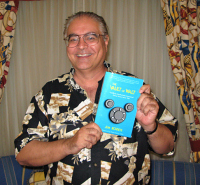 ABOUT THE AUTHOR: Jim Korkis is an internationally respected Disney Historian who has written hundreds of articles about all things Disney for more than three decades. He is the author of the popular recently published book The Vault of Walt, which contains nearly 40 chapters of untold Disney stories. As a former Walt Disney World cast member, his skills and historical knowledge were utilized by Disney Entertainment, Imagineering, Disney Design Group, Yellow Shoes Marketing, Disney Cruise Line, Disney Feature Animation Florida, Disney Institute, WDW Travel Company, Disney Vacation Club and many other departments.
ABOUT THE AUTHOR: Jim Korkis is an internationally respected Disney Historian who has written hundreds of articles about all things Disney for more than three decades. He is the author of the popular recently published book The Vault of Walt, which contains nearly 40 chapters of untold Disney stories. As a former Walt Disney World cast member, his skills and historical knowledge were utilized by Disney Entertainment, Imagineering, Disney Design Group, Yellow Shoes Marketing, Disney Cruise Line, Disney Feature Animation Florida, Disney Institute, WDW Travel Company, Disney Vacation Club and many other departments.
Read more about The Vault of Walt: http://astore.amazon.com/debsunoffiwaltdi/detail/0615402429
This coming weekend, on July 23, Jim will appear at 3 p.m. PST at the Disney Family Museum talking about Walt Disney and Outer Space.
Jim will also be speaking on the history of the Carousel of Progress at AllEars.Net's "It's a Great Big Beautiful Meet!" (sponsored by Maple Leaf Tickets), part of our December to Remember 15th anniversary celebration, on Thursday, December 8, 2011, 1 – 4 p.m. at the Contemporary Resort and Carousel of Progress in the Magic Kingdom.
-o-o-o-o-o-o-o-o-o-o-o-
Editor's Note: This story/information was accurate when it was published. Please be sure to confirm all current rates, information and other details before planning your trip.


